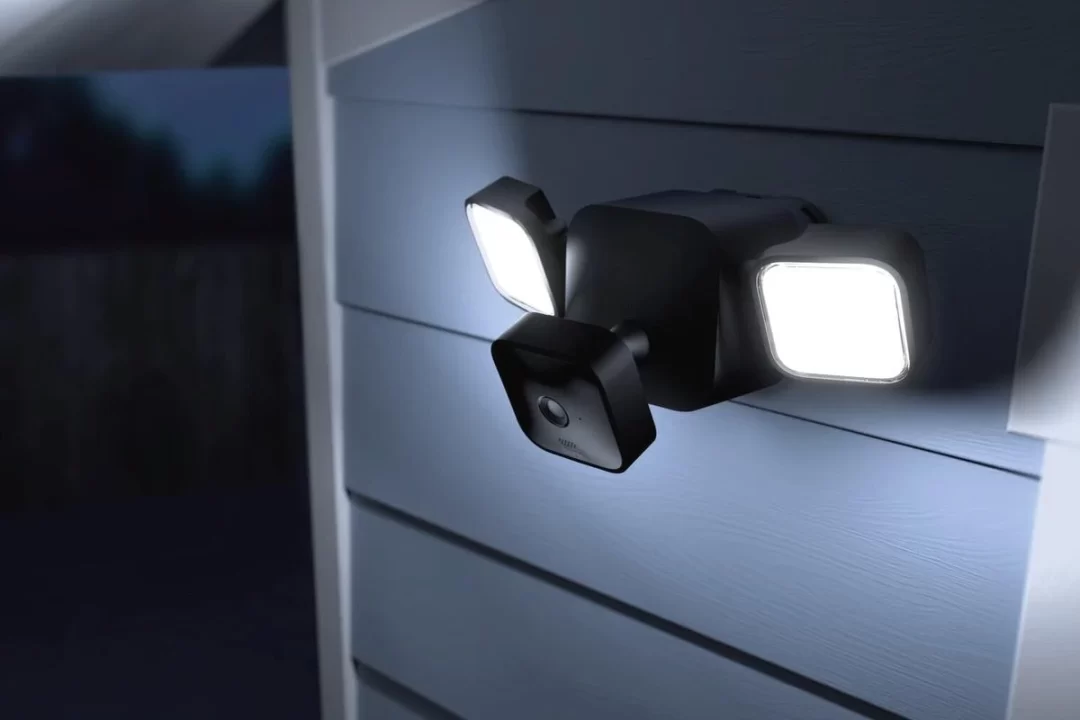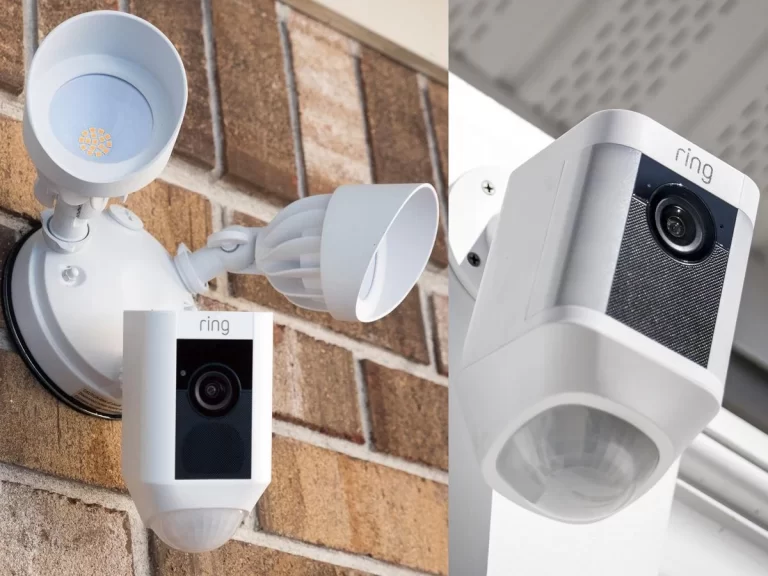Why is Blink Night Vision Black and White?
Why is Blink night vision black and white? In this comprehensive article, we will delve into the fascinating science behind Blink night vision and unravel the reasons behind its black and white imagery.

Why is Blink Night Vision Black and White?
Blink Night Vision produces black and white imagery due to its reliance on a specific technology known as image intensification.
This technology is based on the concept of amplifying existing ambient light, including both visible and near-infrared light, to create a clearer and more detailed image in low-light conditions.
The Role of Photons
To understand why Blink night vision displays images in black and white, we need to explore the role of photons in the image intensification process. Photons are fundamental particles of light that carry energy.
When the photons enter the night vision device, they strike a specialized photocathode, which releases electrons in response to the photon energy.
Electron Amplification
Once the photons strike the photocathode, the released electrons undergo a process called electron amplification.
This amplification occurs within a vacuum tube, also known as an image intensifier tube, which consists of several stages.
1. Photocathode
The first stage of the image intensifier tube is the photocathode. It converts incoming photons into electrons through a photoelectric effect.
2. Microchannel Plate (MCP)
The second stage is the microchannel plate, a component consisting of millions of microscopic channels. These channels serve as amplification pathways for the released electrons.
3. Electrostatic Focusing
The third stage involves electrostatic focusing, where the electrons passing through the microchannels are accelerated and focused toward a phosphor screen.
4. Phosphor Screen
The final stage is the phosphor screen. When the focused electrons strike the phosphor screen, they cause the phosphor material to emit visible light, creating a bright and clear image.
The Monochrome Nature of Phosphor Screens
The phosphor screens used in Blink night vision devices are typically monochrome, meaning they emit a single color of light, usually green.
This monochrome characteristic is a result of the phosphor material’s composition, which is optimized for efficient light emission and longevity.
The decision to use monochrome phosphor screens instead of displaying full-color images is primarily based on practical considerations.
Monochrome screens offer higher image quality, improved contrast, and faster response times compared to color displays.
Additionally, the human eye is naturally more sensitive to shades of green, making it an ideal choice for night vision applications.
FAQs about Blink Night Vision
Now, let’s address some frequently asked questions regarding Blink night vision:
1. Why does Blink night vision use black and white imagery?
Blink night vision utilizes black and white imagery due to its reliance on image intensification technology, which amplifies existing ambient light to create a clearer image.
The use of monochrome phosphor screens further enhances image quality and provides better contrast for low-light conditions.
2. Can Blink night vision produce color images?
No, Blink night vision does not produce color images. The monochrome phosphor screens used in these devices emit a single color, typically green, to optimize image quality and provide superior visibility in low-light environments.
3. How far can Blink night vision see?
The range of vision for Blink night vision devices varies depending on the specific model and environmental conditions.
Generally, these devices can provide clear visibility up to several hundred feet, allowing for effective surveillance and observation in the dark.
4. Is Blink night vision suitable for wildlife observation?
Yes, Blink night vision is well-suited for wildlife observation. Its ability to amplify ambient light enables users to observe and study nocturnal animals without disturbing their natural behavior.
Whether you’re a nature enthusiast or a researcher, Blink night vision can offer valuable insights into the world of wildlife at night.
5. Can Blink night vision be used for home security?
Absolutely! Blink night vision is an excellent choice for home security applications.
By installing Blink night vision cameras or systems, homeowners can enhance their surveillance capabilities during nighttime hours, ensuring the safety and security of their property.
6. Are there any limitations to Blink night vision technology?
While Blink night vision technology offers impressive performance, it’s essential to note that extreme darkness or the complete absence of ambient light can limit its effectiveness.
Additionally, factors such as fog, heavy rain, or dense vegetation may hinder image clarity and range. It’s advisable to consider these factors and choose the appropriate model for your specific needs.
Conclusion
In conclusion, Blink night vision produces black and white imagery due to its reliance on image intensification technology and monochrome phosphor screens.
By amplifying existing ambient light, Blink night vision devices offer exceptional visibility in low-light conditions, making them invaluable tools for various applications.
READ ALSO!!!





